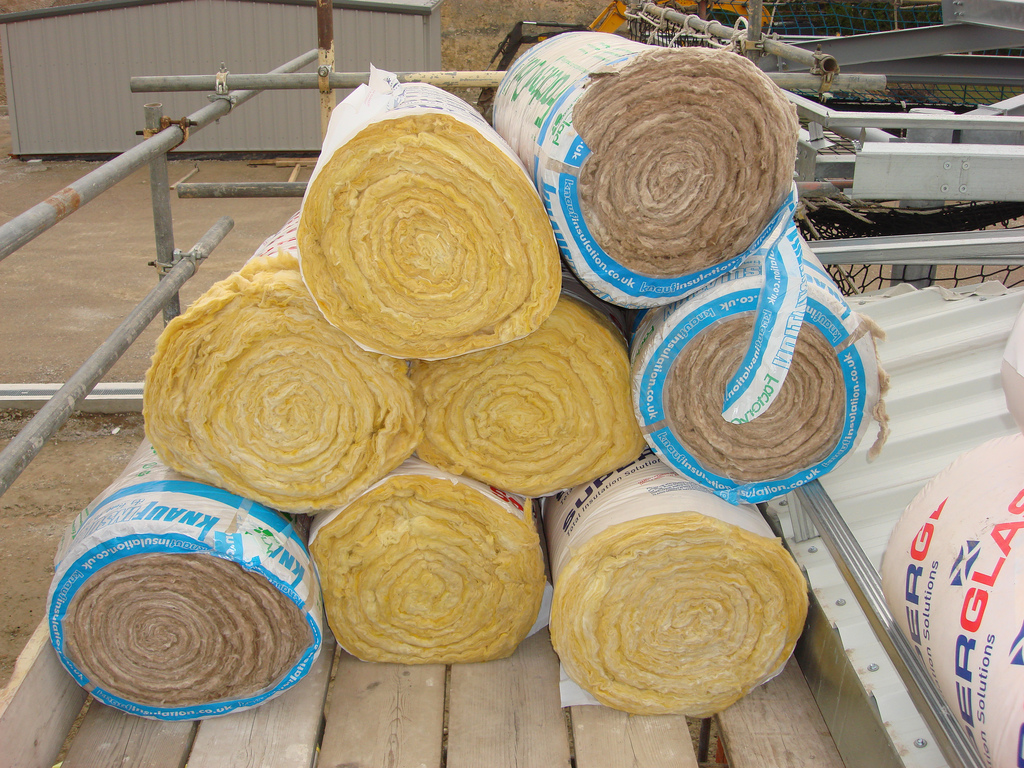
Photograph: Epic Fireworks via Creative Commons
By James Carson
The Green Deal is dead. Last month, the energy and climate change secretary, Amber Rudd, announced that no further applications for finance from the project would be accepted.
The Green Deal was launched by the coalition government in 2013 with the aim of improving energy efficiency in homes across England, Scotland and Wales. Under the programme, households could borrow up to £10,000 for household improvements such as double glazing or home insulation, and make repayments through their energy bills.
As well as addressing fuel poverty, the energy efficiency scheme was also regarded as having a crucial role in meeting the UK’s emission reduction targets.
But, almost from day one, the programme was criticised as too complicated for the energy efficiency sector to administer and too hard for householders to understand. The first round of Green Deal funding attracted fewer than 2000 applications.
Although take-up improved in subsequent years, the scheme was still poorly regarded, not helped by reports of botched installations. Last year the House of Commons Energy and Climate Change Committee concluded that the Green Deal had failed to live up to expectations, arguing that its planning was flawed, its funding inefficiently delivered, and its implementation poor, all made worse by inadequate communication.
What’s the alternative?
But although few will mourn its passing, the sudden death of the Green Deal, with no replacement, has generated angry responses.
Julie Hirigoyen, chief executive of the UK Green Building Council, said:
“While the Green Deal was by no means perfect, the principle of enabling households to install energy-saving measures without paying upfront costs was sound.”
Greenpeace UK chief scientist Dr Doug Parr commented:
“Ditching measures to improve energy-wasting homes will simply leave people to pay more for their bills, with low-income families bearing the brunt of it.”
There’s little doubt that many of Britain’s homes need to improve their energy efficiency. In 2012, 357,000 homes in England had the worst energy ratings of F and G, and more than four in 10 of those were classed as “fuel poor”.
Badly insulated housing has significant impacts on health. Earlier this year, an analysis by Friends of the Earth suggested that cold homes lead to many more people in England than Sweden ending up in hospital with breathing problems, despite England’s much milder weather.
Announcing the Green Deal’s demise, Amber Rudd promised to work with the building industry and consumer groups to create a new system. The government has also commissioned an independent review to look at standards, consumer protection and the enforcement of energy efficiency schemes, to ensure that any future arrangements provide better value-for-money for taxpayers and consumers.
At the moment, another government energy efficiency scheme – the Energy Company Obligation (ECO) remains in operation. Under the ECO the big six energy suppliers are required to help vulnerable householders save on their energy bills and carbon emissions. However this scheme is due to be wound up in 2017.
With no replacement for the Green Deal on the horizon, the energy efficiency sector has been suggesting alternatives, including:
- stamp duty and council tax rebates for homebuyers installing energy efficiency measures
- setting aside some of the government’s projected £100bn infrastructure spending for insulating homes
- A new ‘pay as you save’ scheme similar to the Green Deal, but one which offers more measures and is easier to administer.
In the meantime, industry, householders and environmental campaigners must wait for the government’s next move on energy efficiency.
Follow us on Twitter to see what developments in public and social policy are interesting our research team.
We’ve made some of our member briefings freely available. View a selection of our environment publications on our website.
Share
Related Posts
Supporting residents on the decarbonisation journey: leveraging data for effective retrofit projects
As the drive towards decarbonisation intensifies, the social housing sector’s ability to collect, store and manage vast amounts of data becomes increasingly critical. With a shared goal of creating warmer, carbon-free homes, housing associations’ strategic use of data is essential ....
The recent spikes in energy costs have thrown into sharp focus the challenge of heating our homes. Domestic heating is important, not just for our comfort and wellbeing, but to reduce humidity and prevent condensation. But because traditional heating systems ....
By Ian Babelon A new-old concept for proximity “Are we there yet?” Parents may patiently nod to their children’s insistent nudges on a 20-minute journey to… somewhere. Quite rightly, researchers have asked: twenty minutes to what? The answer may well ....
By Sarah Perry At the end of June, GrantFinder attended The Chartered Institute of Housing’s annual conference, Europe’s largest housing festival. The event took centre stage at Manchester Central, bringing together industry experts, policymakers, and housing practitioners from across the ....
